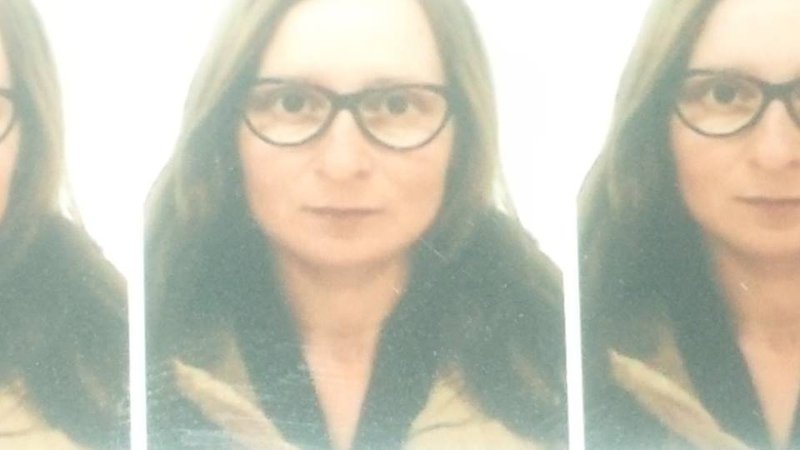Livia Pancu

In my application letter for the travel grant that allow me to participate to the Tokyo conference, I was trying to build up an argument on why it would be important for me, a curator based Iasi, Romania, a city with no museum for contemporary art, but nevertheless with great history in self-organised, to participate on a conference about the global museum. This argument was based on my personal belief that the museums are global and do travel to the most remote places enabled by the potentiality of local dreaming to the global museum (often as the first to become references for other institutional practices in Eastern Europe, for example). Furthermore in my argument I think that it is them whom presumably created absurd desires for the institutionalisation of already self – organized models, or shaping the appearance of the work of art for artists that do not exhibit in museum. In short I am trying to question the global museum’s responsibility towards the artistic scenes developed in remote places through self –organised or biennial institutional medium.
For me, one of the most important presentations from the CIMAM conference in 2015 was the one of Mr. Wong Hoy Cheong, who was the one to question art’s political ability for real change from the perspective of an artist within the global artistic scene, but also from the perspective of a solely cultural worker. During this kind of presentation one may realise that the questions may be more or less the same worldwide when producing contemporary art in the public space, but what really define the specificity are the answers, therefore the actions. The questions are building up a sort of international language for contemporary art, that make us believe that we understand each other, but it is the answer materialised in an unique effort that makes the difference and produce local change.
Another important moment was the presentation of Bose Krishnamachari, President and Co-Founder, Kochi Biennale Foundation, Cochin, Kerala, India. This made me wonder again why artists do create biennials. What does this mean from the perspective of their artistic work? When does this surface in the new tissue of the biennial? How will the end of the biennial look for the artistic local artistic scene that is developed along?
In the end I would like to point out that it is an exhibition experience that made me feel the most grateful for the possibility to travel to the CIMAM conference in Tokyo. Re:play 1972 / 2015. Restaging “Expression in Film ‘72” at the Special Exhibition Gallery, The National Museum of Modern Art, Tokyo. Being one of the professionals that actually sees very few exhibitions, but read about many, I had a real encounter with the way this exhibition has been thought, curated and displayed. The great care about how one will perceive an exhibition done in Kyoto in 1972, about the way every curatorial move is delivered to the public, about how can moving image works from three decades ago can still talk not only from historical perspective, created in my mind a possible answer to the question of the global museum’s responsibility.